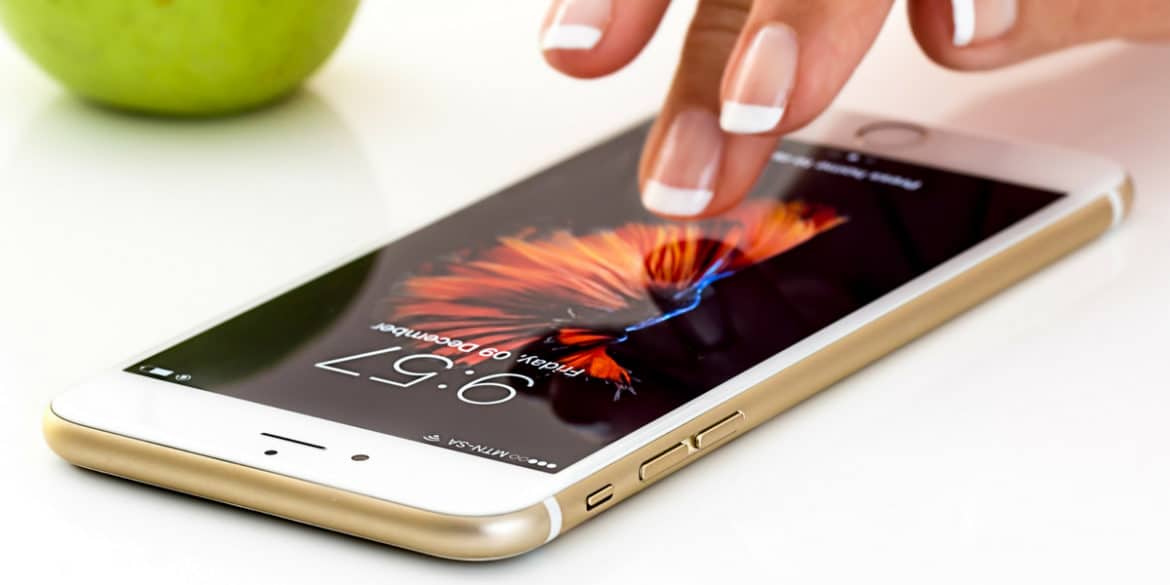Mid-last year, the number of mobile devices around the world surpassed the 5 billion mark.
Amazingly, the latest billion users were added in just the last four years!
The point I’m trying to highlight is just how pervasive mobile devices are today. In fact, studies show that the average digital consumer today owns no fewer than four mobile devices.
In short, consumers now use a host of mobile devices when interacting with your company, but the data you are tracking might not be geared up for this.
For example, let’s say an individual clicks on one of your company’s ads while they are on their smartphone. They then get home from work and browse to your website on their tablet before finally making a purchase when they are sat down in front of their laptop.
Your data will likely show a failed conversion for the ad click and the website visit because the final purchase was ultimately made on a different device. As a result, you may change your marketing campaigns – even though you don’t necessarily need to.
Cookies Aren’t Enough
In today’s mobile-centric world, marketers can no longer rely on cookies for accurate insights. This is why your data needs to target people, not devices.
With people-based marketing, companies track interactions with individuals across multiple devices and channels. The core factor is being able to accurately track people regardless of what device they are using to interact with your business.
In addition, people-based marketing enables brands to create highly-personalized marketing experiences on an individual level, as opposed to sending out the same generic message to as many people as possible.
The good news is that technology is helping to hone the consumer targeting process, with things like AI and machine learning set to take people-based marketing to the next level.
Verified identities that are stored in CRM databases need to be correctly linked to an individual’s various mobile devices. With this cross-device identification in place, brands can look to target specific individuals no matter which of their devices they are using at any given time.
Artificial Intelligence and Machine Learning
Where AI and machine learning come in is for processing all the different data that relates to a single individual and keeping that data up to date. So, for example, if a consumer purchases a new smartphone, it will need to be associated with their individual buyer persona kept by a brand. Likewise, their old smartphone – which may be passed on to a family member – will need to have its association removed or updated to be linked to someone else in the household.
All of this will be going on numerous times each day and across thousands of individuals who the company is tracking. It’s only with technologies like AI and machine learning that everything can be tracked and kept accurate at all times.
The ultimate goal is for brands to reach out on a personal level to multiple individuals on a single device, such as a shared smart TV. With AI and machine learning, we could get there very soon.
I’m a full-time freelance writer and Managing Editor at Creative Mindscape who is lucky enough to call the tropical paradise that is the Philippines my adopted home. In my spare time, I love to dabble in cryptocurrencies and play with my three young children. One’s a stressful, non-stop rollercoaster ride; the other is cryptocurrencies.






